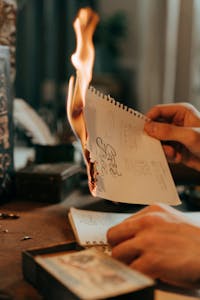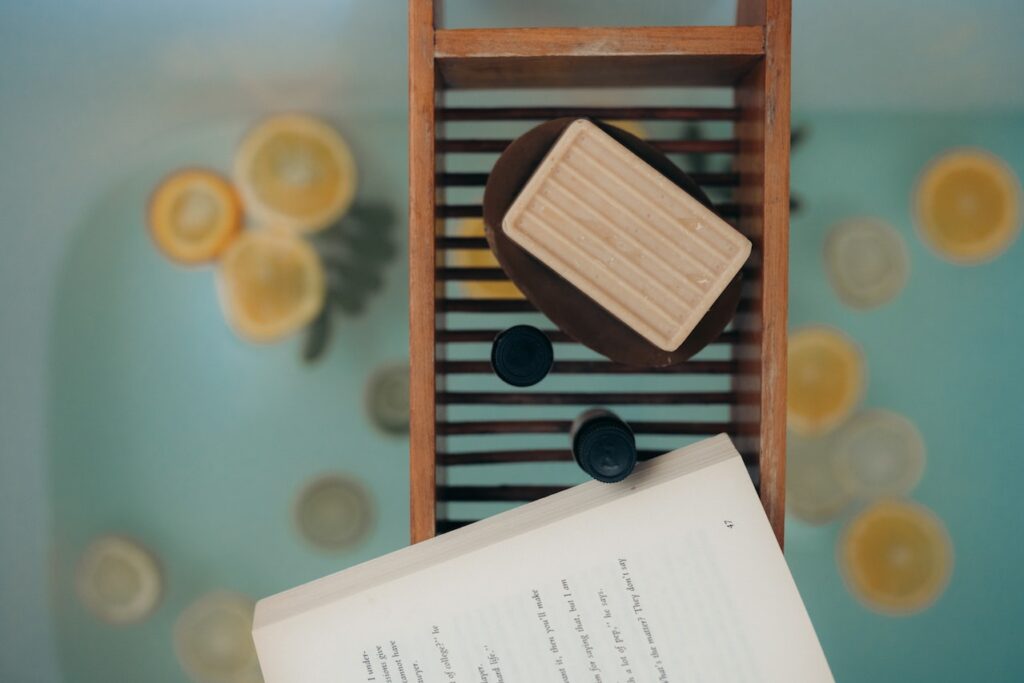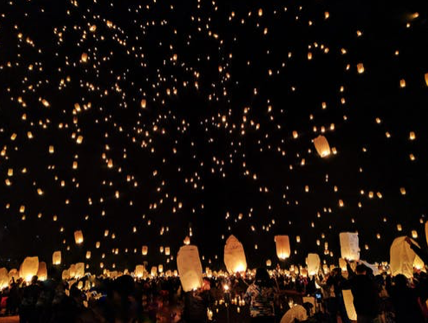
Forgiveness is a sacred act.
But it isn’t always easy. It’s not something we can force, and it certainly doesn’t happen overnight.
What many of us don’t realize is that forgiveness isn’t just emotional—it’s energetic.
The pain, resentment, and heartbreak we carry show up not only in our bodies but in our homes.
We hold onto things that hurt us.
We avoid corners that feel heavy.
We keep drawers full of memories we no longer need.
But there is a way to shift this.
Feng shui—the ancient art of aligning space to support energy—can help us move through the weight of the past and into a state of peace.
This is the heart of what I call Forgiveness & Flow:
A gentle feng shui ritual to help you release, realign, and reclaim your peace.

Step 1: Clear the Clutter
Find one space that feels stagnant—a drawer, a shelf, a corner you’ve been avoiding.
Clear it with intention. As you do, say:
“I am making space for peace.”
Let every item you release represent a part of the pain you no longer need to carry.
Step 2: Activate the Heart of the Home
In feng shui, the center of your home reflects your emotional and physical balance.
Place something here that soothes your spirit:
A rose quartz stone.
A candle.
Fresh flowers.
A handwritten note to yourself.
Say:
“May this home, and this heart, be a sanctuary of compassion.”
Step 3: Focus on the Relationship Area
Stand at your front door and look inward.
The back right corner of your home represents relationships and forgiveness.
Clean this space. Place two objects that symbolize harmony—two stones, two candles, two written intentions.
Then, write and place this affirmation nearby:
“I forgive to feel free. I let go, not for them—but for me.”
Step 4: Burn & Breathe

Write a letter to the person you’re forgiving—even if it’s yourself.
Let the words be raw. Honest. Unfiltered.
Then, safely burn the letter and let the smoke rise.
Say:
“I release the past. I am ready to be free.”
Breathe deeply. Let that moment mark a turning point.
Forgiveness is a Flow
Forgiveness isn’t about forgetting.
It’s about freeing.
And your home can become a living, breathing reminder of that choice.
Every time you clear a space, light a candle, or place an intention, you create room for grace.
Room for softness.
Room for you.
So today, if your heart is holding something heavy—begin here.
Let your space support your soul.
Let forgiveness flow.
Want to go deeper? Subscribe to my podcast, Creating a Meaningful Life. You are worthy of peace.
Are you wearing the best colors for you? Each of us has a power color based on the five elements and the day we were born. Sign up for my email list and provide me the day, month, and year of your birth, and I will send you your birth element and power color!
Want more tips on creating a meaningful life? Subscribe to my podcast, Creating a Meaningful Life, and follow for more inspiration!

 Daily Visualization and Meditation – personal power is metaphysical so getting your power back will require internal work. Take a few minutes each morning to visualize your power returning.
Daily Visualization and Meditation – personal power is metaphysical so getting your power back will require internal work. Take a few minutes each morning to visualize your power returning. Recently, a family who had just lost their son called me. After a long battle with leukemia, he died in his bedroom, he was just 11. They wanted me to stand in that difficult sacred space between the living and the dead, between faith and fear, and determine the best way to honor his spirit. As I walked in I heard a woman, who I suppose was a friend tell the grieving family not to think of the little boy’s body, because it was “just a shell.” I am sure this thought was well-intentioned but was said by a person who is unsettled by the fresh grief of others. Right between the inhale and the exhale of the bone-wracking sobs such hurts produce, to some it’s normal to have this “just a shell idea.”
Recently, a family who had just lost their son called me. After a long battle with leukemia, he died in his bedroom, he was just 11. They wanted me to stand in that difficult sacred space between the living and the dead, between faith and fear, and determine the best way to honor his spirit. As I walked in I heard a woman, who I suppose was a friend tell the grieving family not to think of the little boy’s body, because it was “just a shell.” I am sure this thought was well-intentioned but was said by a person who is unsettled by the fresh grief of others. Right between the inhale and the exhale of the bone-wracking sobs such hurts produce, to some it’s normal to have this “just a shell idea.” Several months after the celebration of the life of this little boy I returned and made these suggestions:
Several months after the celebration of the life of this little boy I returned and made these suggestions: